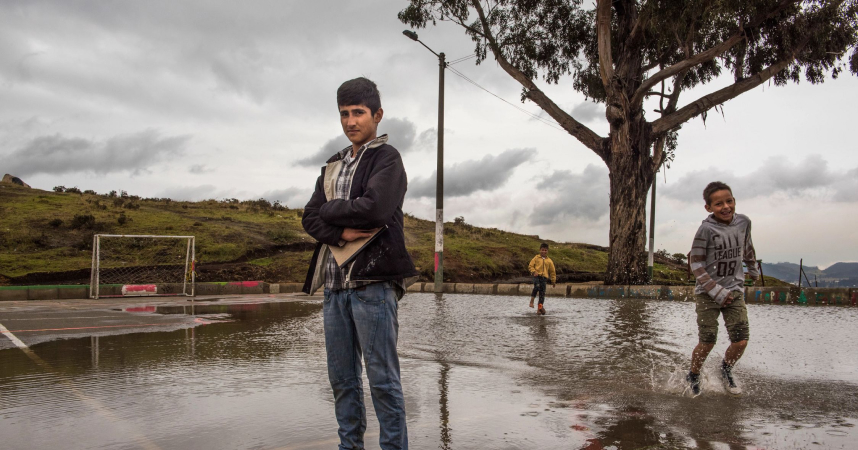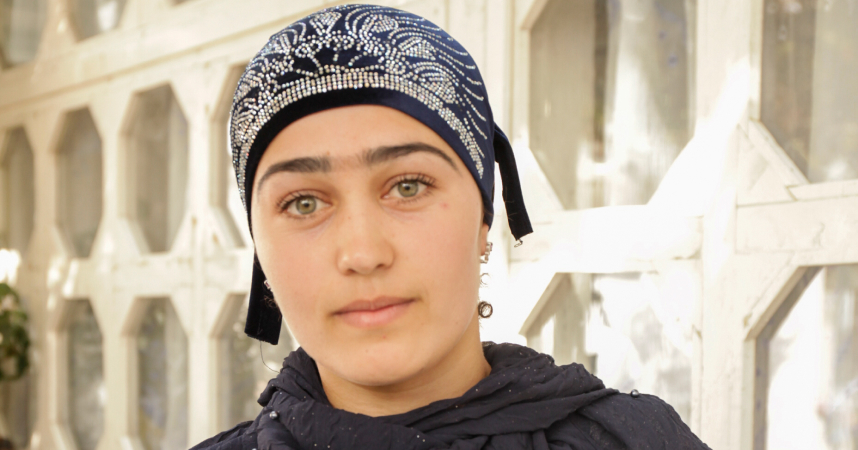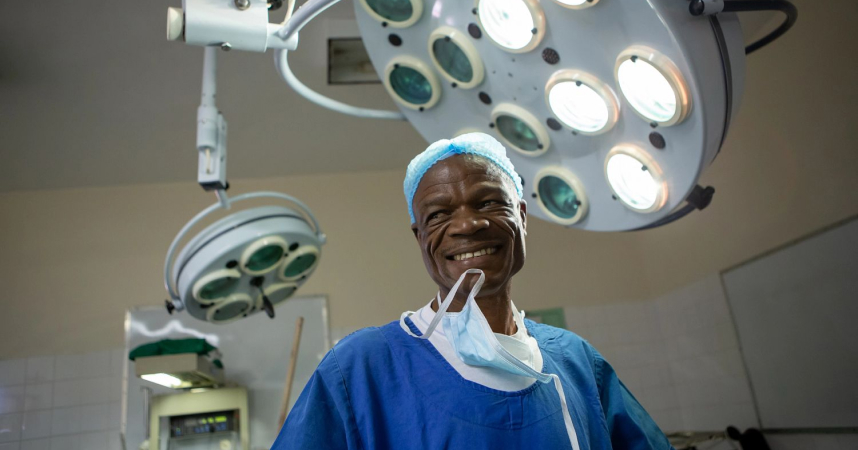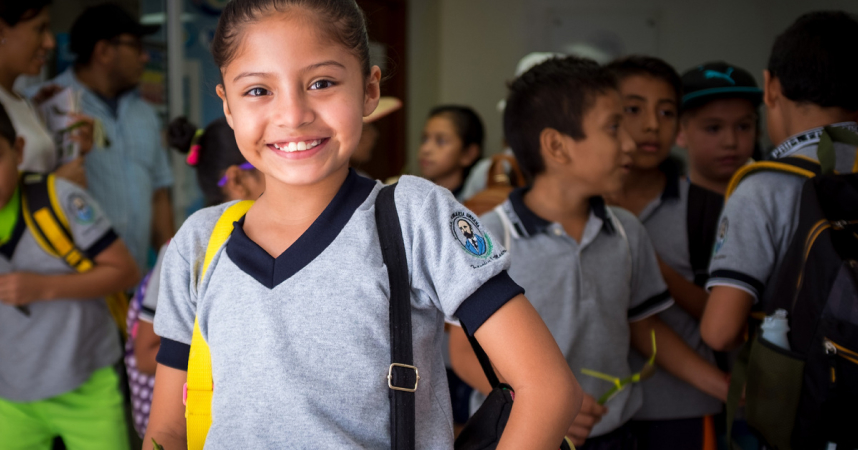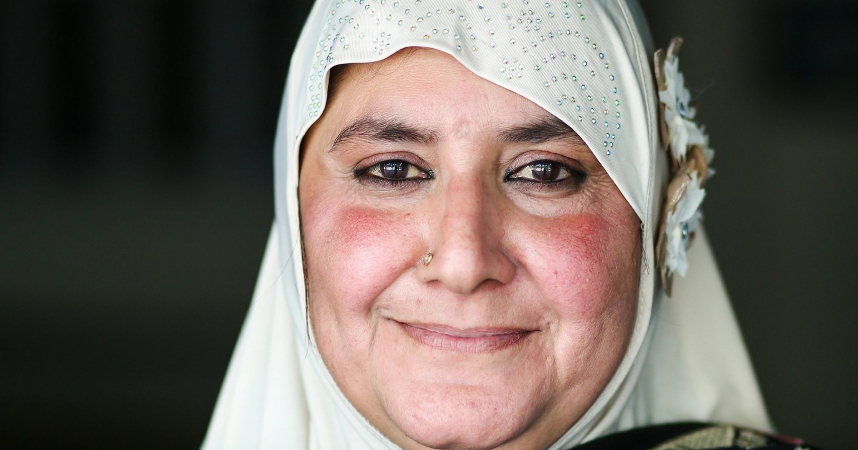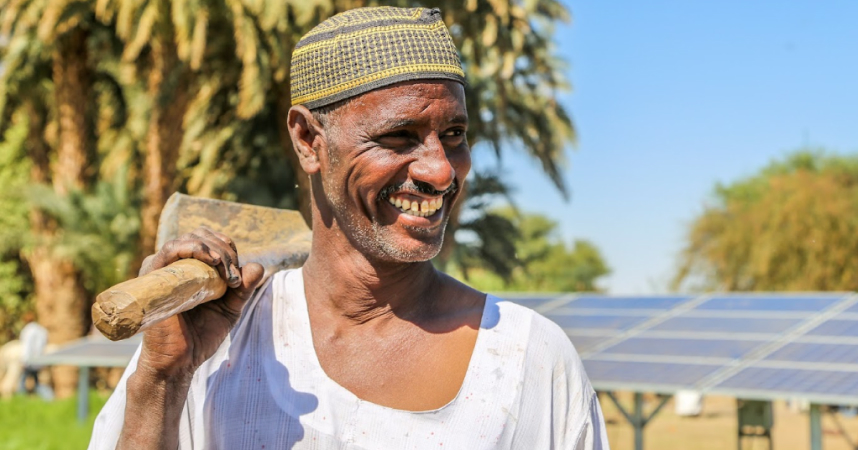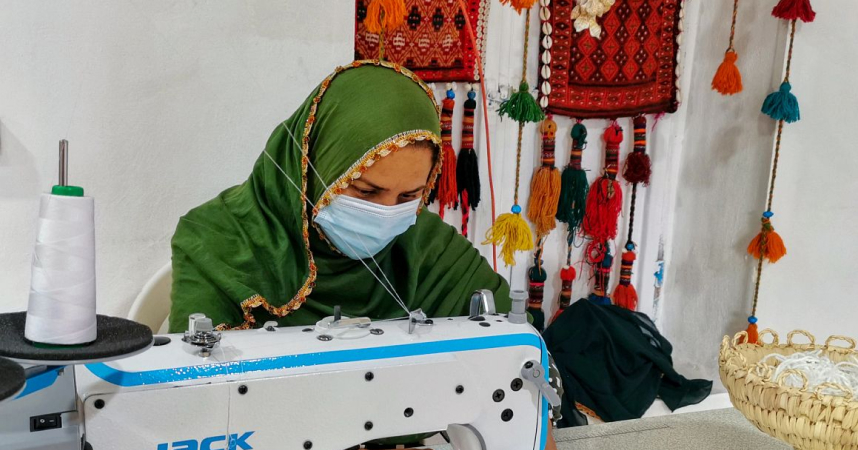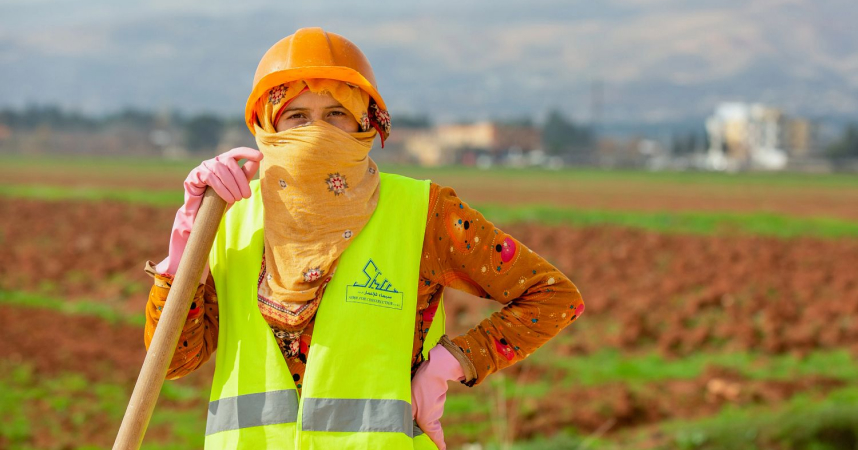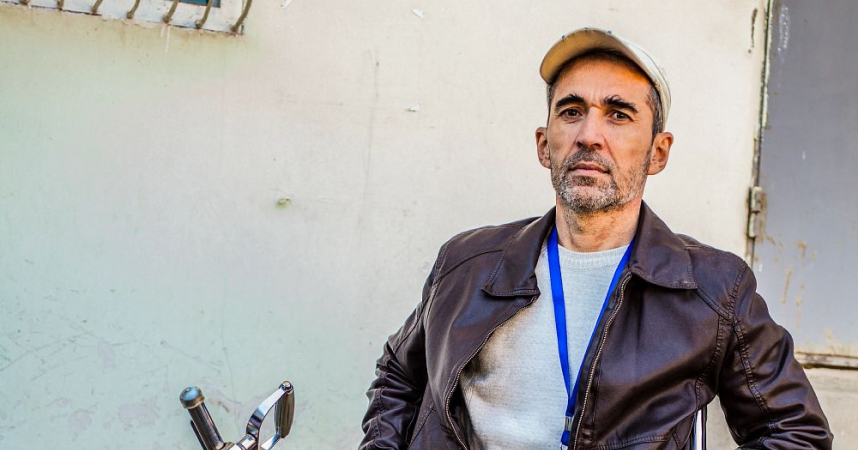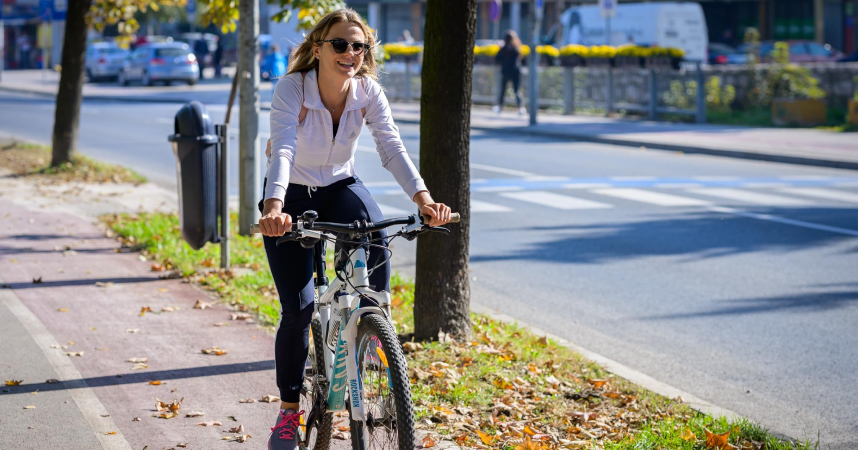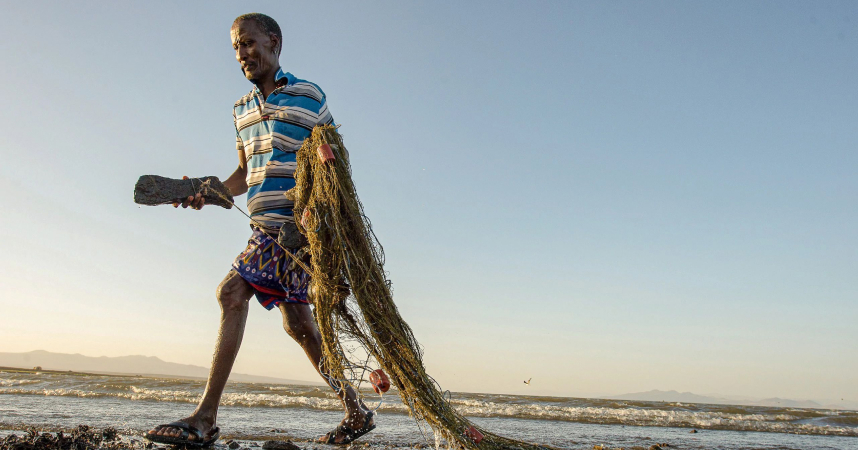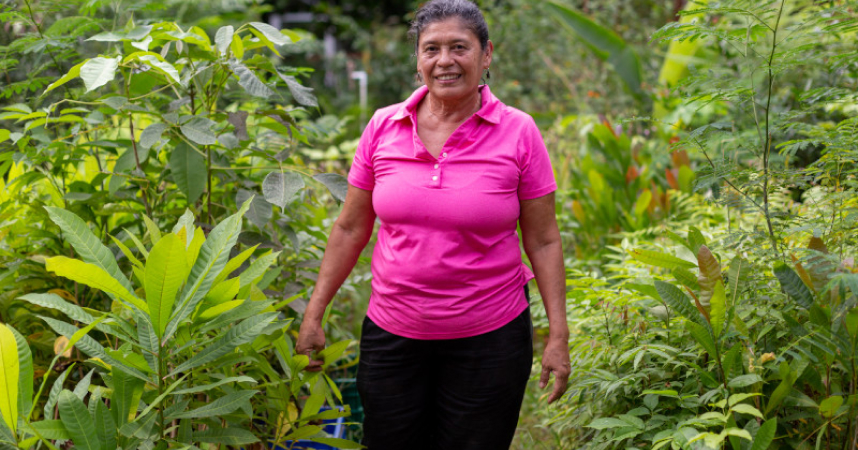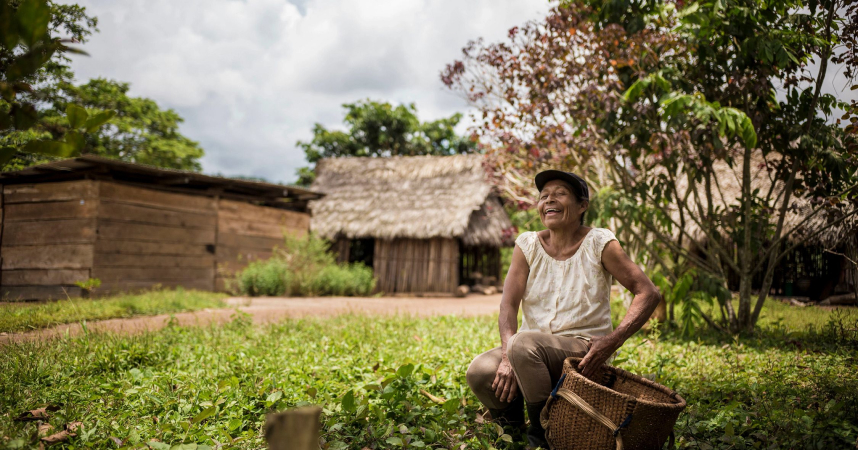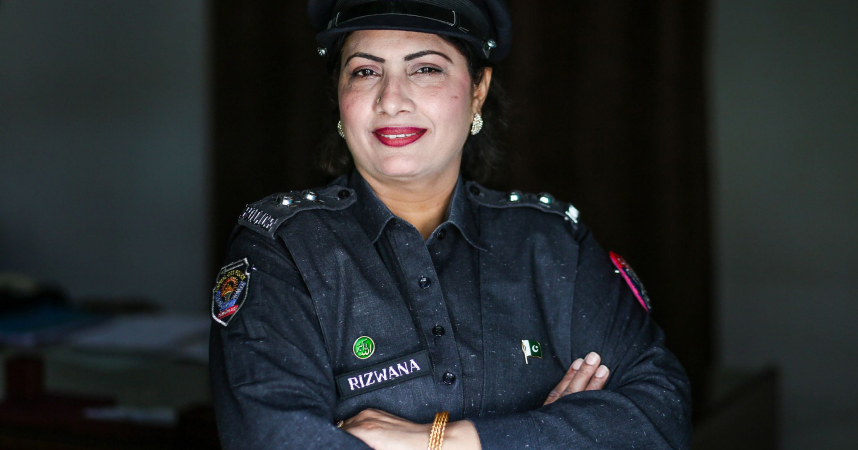Goal 11: Sustainable cities and communities
Make cities and settlements inclusive, safe, resilient and sustainable







Over half of the global population currently live in urban areas, and the number is expected to reach 70 percent by 2050.
A downside of rapid urbanization, slums are becoming a more persistent feature of urban life, especially in the developing world.
2022
Nearly 1.1B
people lived in slums or slum-like conditions in urban areas, with an additional 2 billion expected to live in slums or slum-like conditions over the next 30 years.



With an estimated 7 out of 10 people residing in urban areas by 2050, Goal 11 aims to create inclusive, safe, resilient and sustainable cities and human settlements. Cities are vital for economic growth, contributing over 80 percent of global GDP, but they also account for more than 70 percent of greenhouse gas emissions.
To achieve SDG 11, efforts should focus on enhancing capacities for urban planning, improving public transportation accessibility, and advancing waste management systems. Well-planned urban development can generate sustainable prosperity and address deep inequalities highlighted by COVID-19 and other crises.



Strengthening the resilience and preparedness of cities is essential for effectively responding to future challenges.
Urban Goals
Action at the city level is critical to achieving the Sustainable Development Goals, as local governments play the role of front-line responders for service delivery, economic development and infrastructure investments. To achieve the scale of transformation needed in our cities, we need to urgently tackle inequality, climate, and financing through bold actions.
Here are three breakthroughs that cities urgently need to achieve the SDGs.

Photo credits
-
UNDP Bosnia Herzegovina/Sulejman Omerbasic
-
UNDP PAPP/Ahed Izhiman
-
UNDP Kenya/ Kevin Ouma

